The transition from Intel processors to Apple's own silicon chips is considered by many Apple fans to be one of the most fundamental changes in the history of Apple computers. As a result, Macs have improved mainly in the area of performance and energy consumption, as the new machines dominate mainly in terms of performance per watt. At the same time, this change in architecture solved the notorious problems of recent years. Since 2016, Apple has been dealing with critically poor performance, especially of MacBooks, which were unable to cool down due to their very thin body and poor design, which caused their performance to drop as well.
It could be interest you
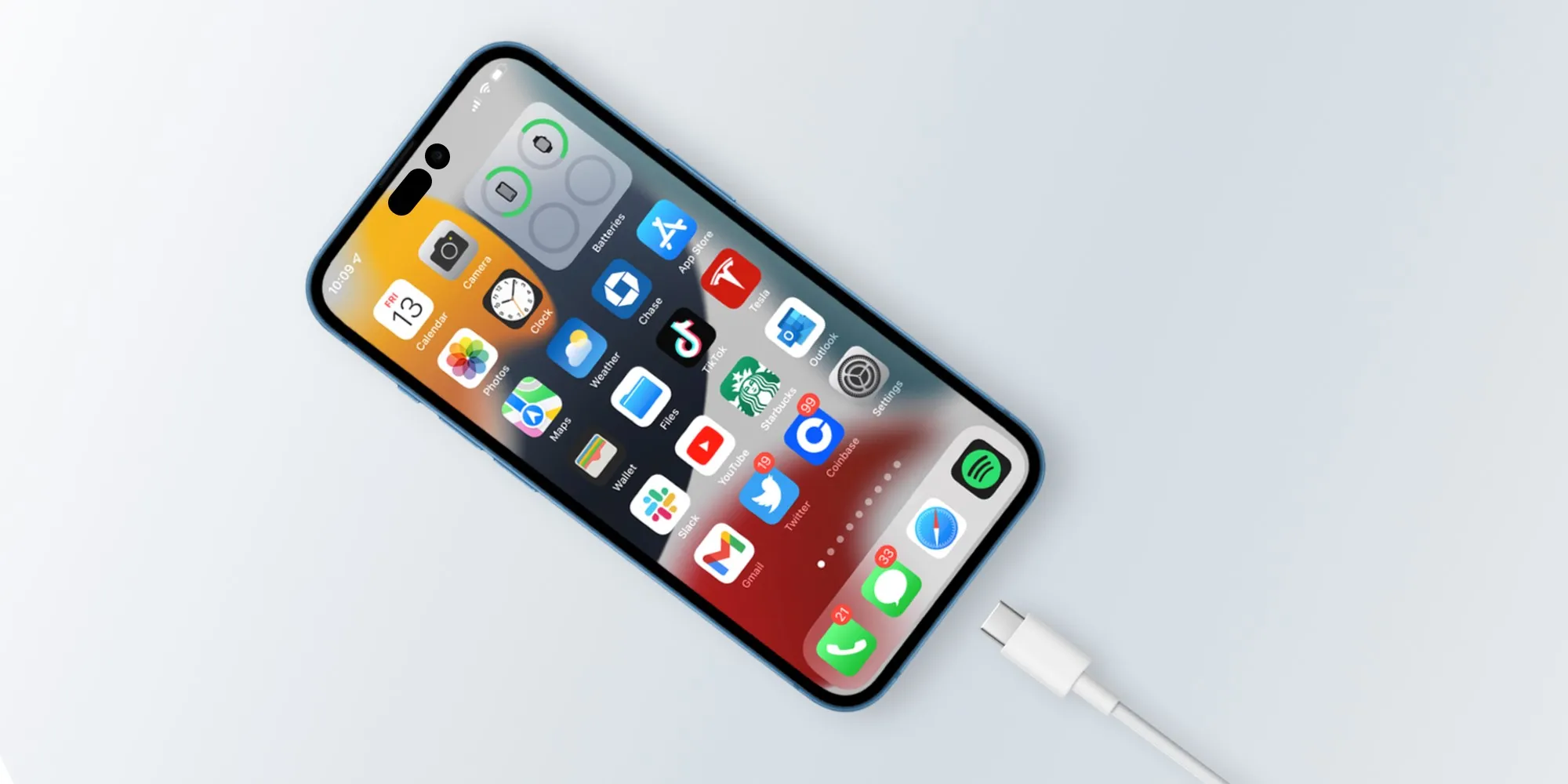
Apple Silicon finally solved this problem and took Macs to a whole new level. Apple thus caught the so-called second wind and is finally starting to do well in this area again, thanks to which we can look forward to better and better computers. And this must be taken into account that so far we have only seen the pilot generation, which everyone expected to have a number of undetected errors. However, since Apple Silicon chips are based on a different architecture, it is also necessary for developers to rework individual applications on them. This also applies to the macOS operating system. And as it turned out in the finale, this change benefited not only in terms of hardware, but also software. So how has macOS changed since the arrival of Apple Silicon chips?
Hardware and software collaboration
The operating system for Apple computers has improved significantly with the arrival of new hardware. In general, we thus received one of the main benefits that the iPhone has primarily benefited from for several years. Of course, we are talking about the excellent integration of hardware and software. And that's exactly what the Macs have now received. Although it is not a completely flawless operating system and quite often we can come across various errors, it can still be said that it has received a fairly fundamental improvement and generally works much better than it does in the case of Macs with an Intel processor.
At the same time, thanks to the new hardware (Apple Silicon), Apple was able to enrich its macOS operating system with some exclusive functions that use the potential of the aforementioned chips. Since these chips, in addition to the CPU and GPU, also offer the so-called Neural Engine, which is used for working with machine learning and we can recognize it from our iPhones, we have, for example, a system portrait mode for video calls. It works in exactly the same way as on apple phones, and in the same way, it uses specifically designed hardware for its operation. This makes it better in every way and better looking than the software features in video conferencing programs like MS Teams, Skype and others. One of the most fundamental innovations brought by Apple Silicon is the ability to run iOS/iPadOS applications directly on the Mac. This significantly expands our overall possibilities. On the other hand, it is necessary to mention that not every app is available in this way.
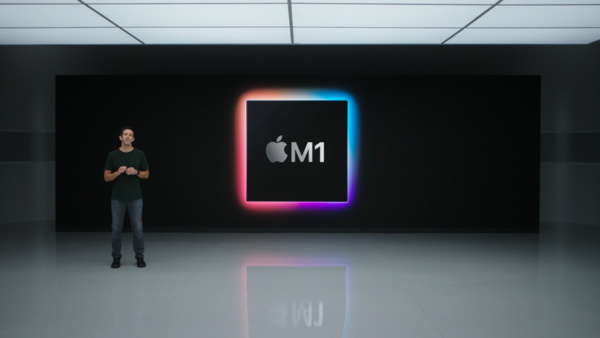
macOS shift
The arrival of new chips undoubtedly had a major impact on the mentioned operating system as well. Thanks to the aforementioned interconnectedness of hardware and software, when Apple has practically everything under its own control, we can also count on the fact that in the future we will see other interesting functions and innovations that should make using Macs even more pleasant. It's quite nice to see this change in action. In recent years, macOS has stagnated slightly, and apple users have increasingly complained about various problems. So now we can hope that the situation will finally turn around.
It could be interest you
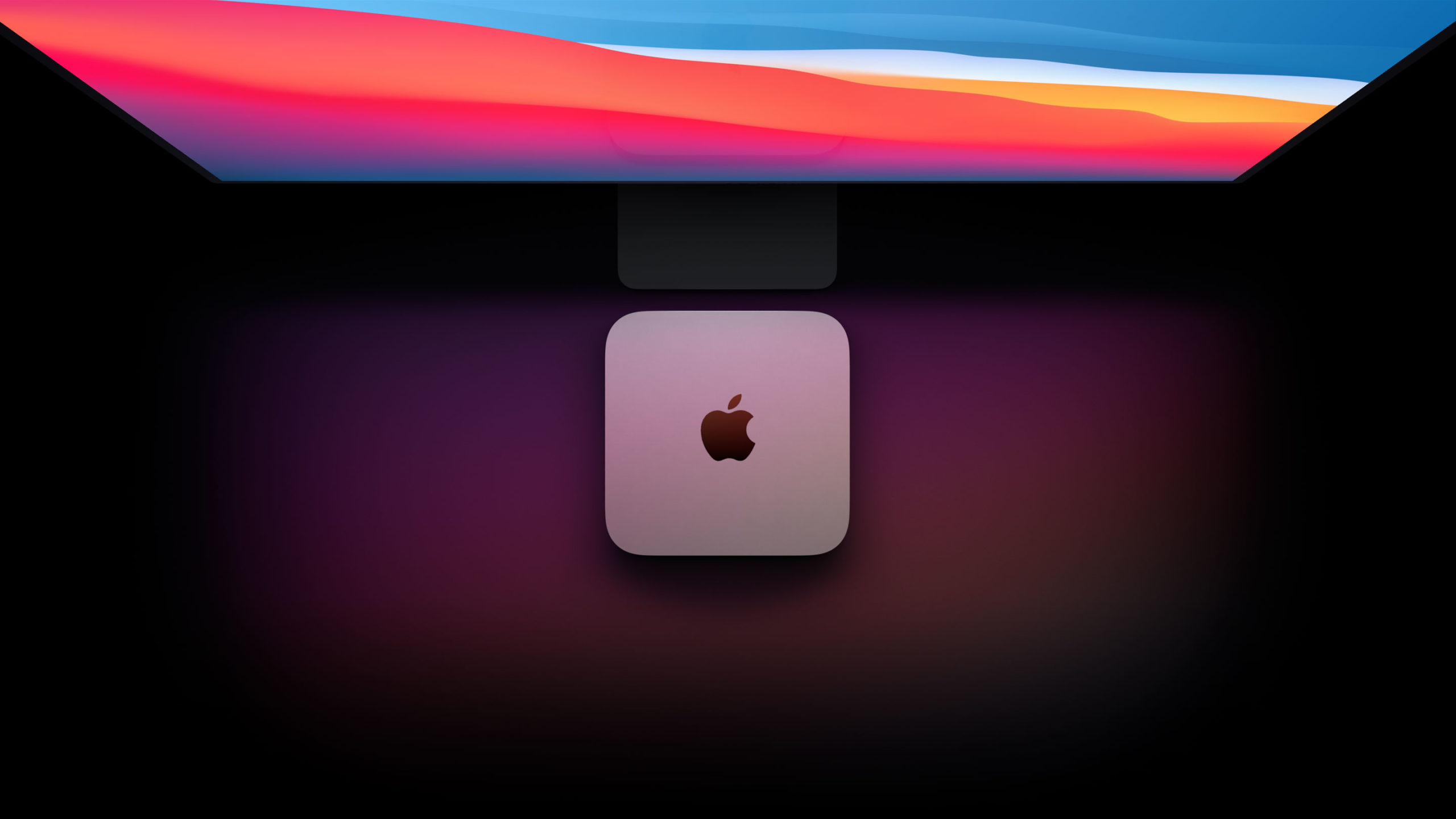
 Adam Kos
Adam Kos 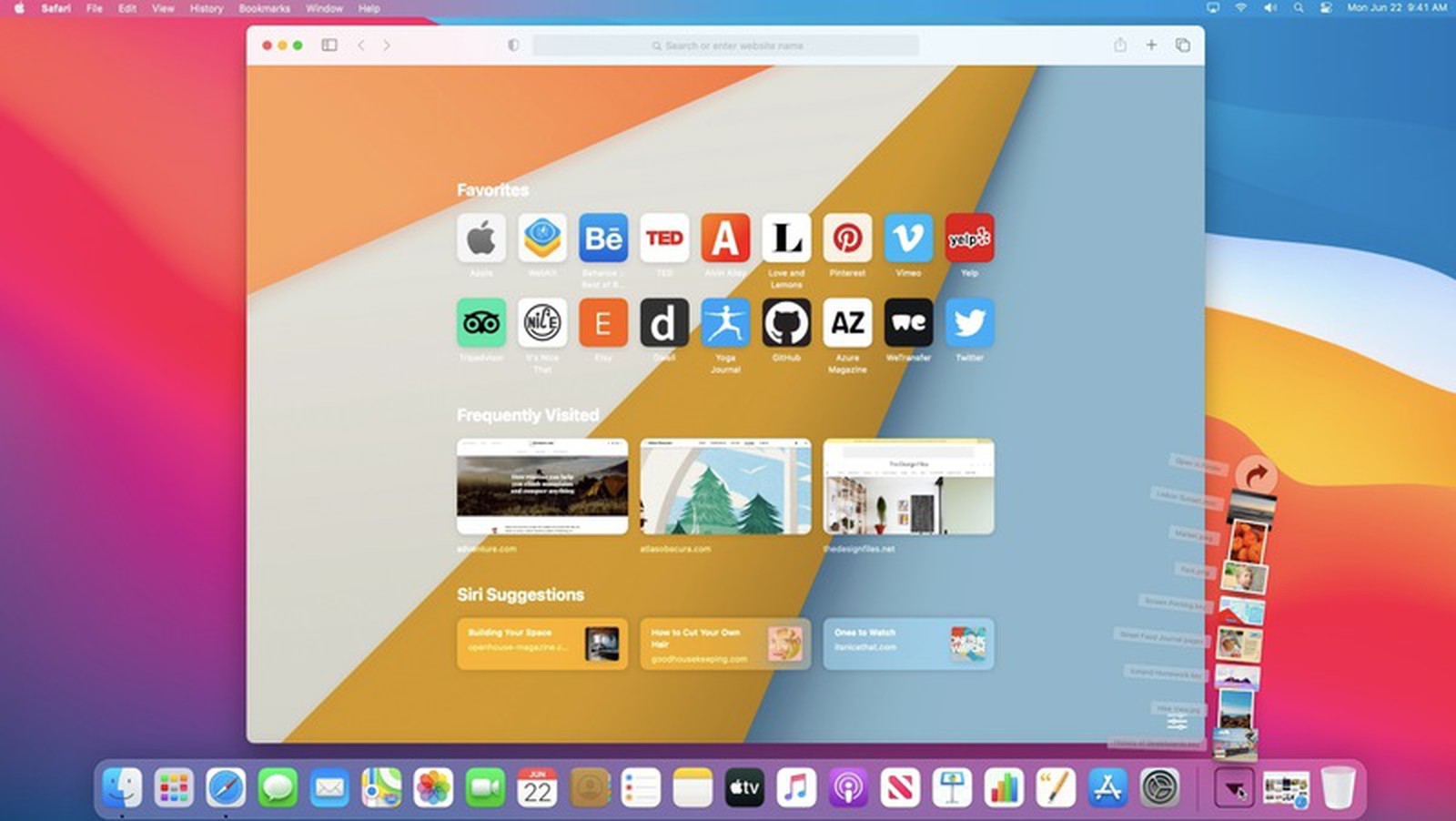
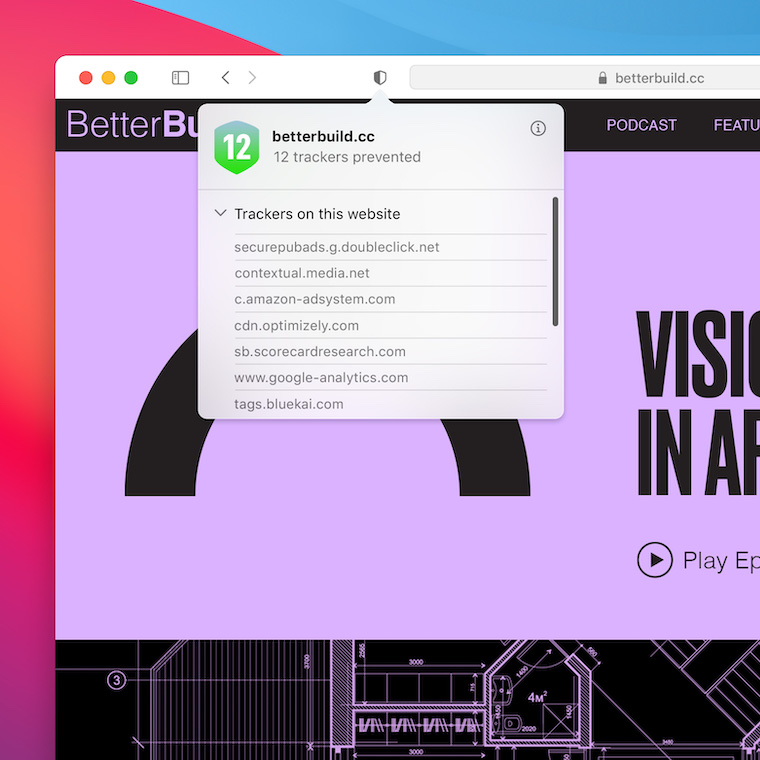
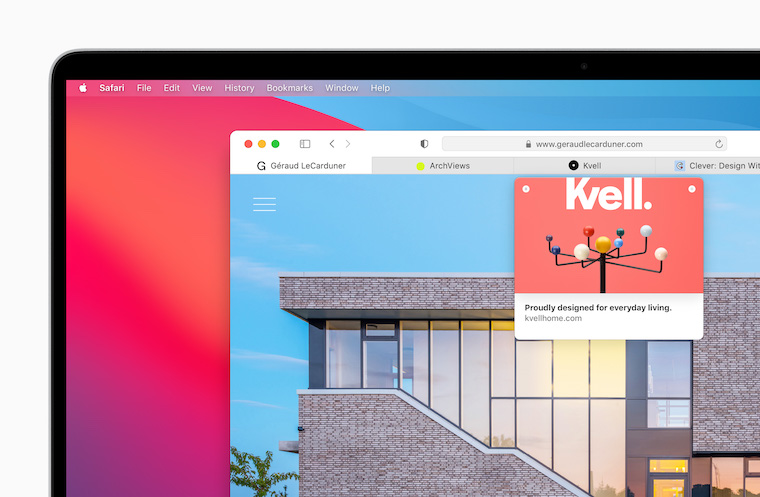
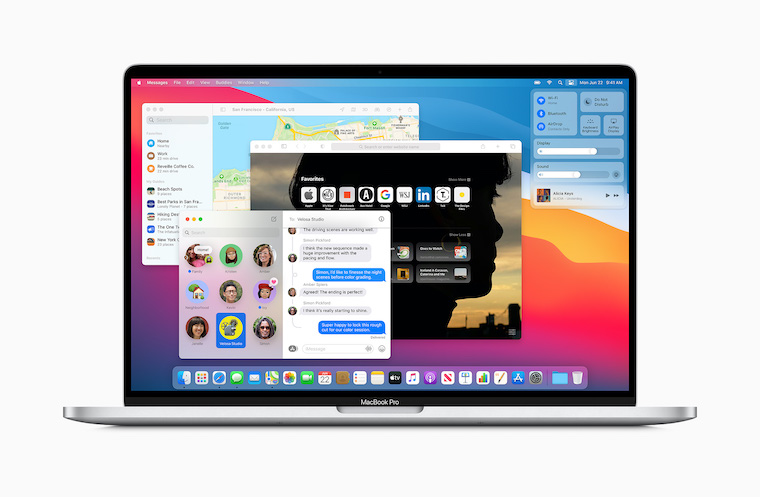
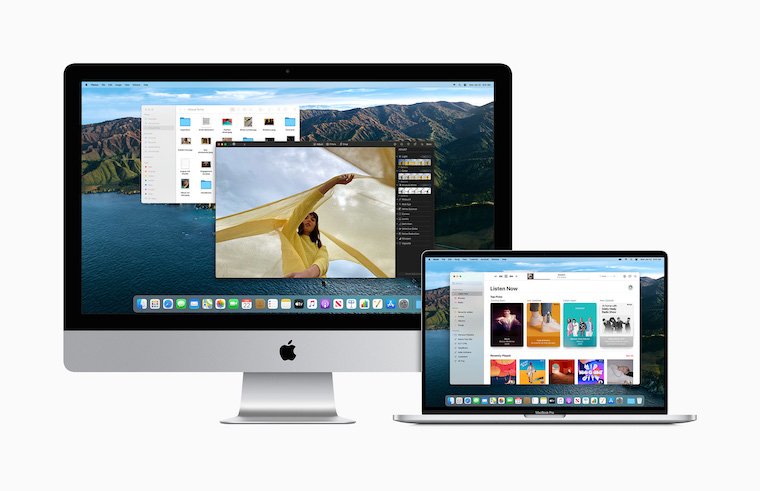

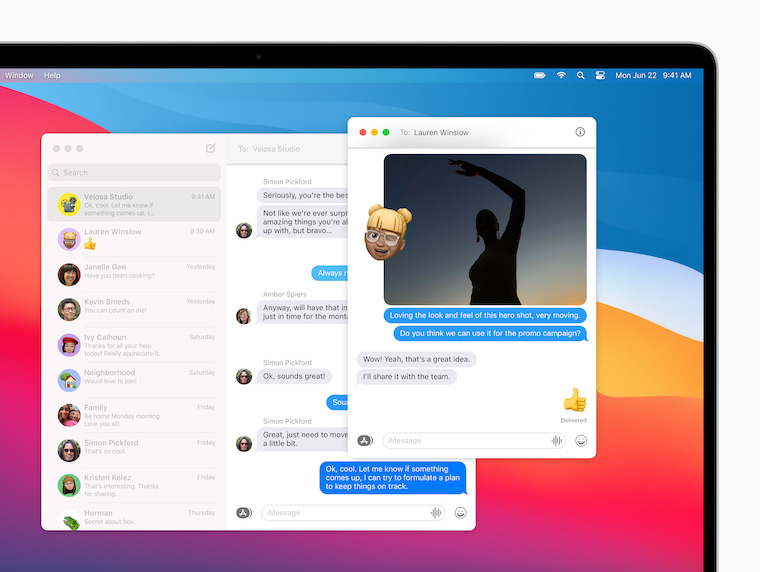
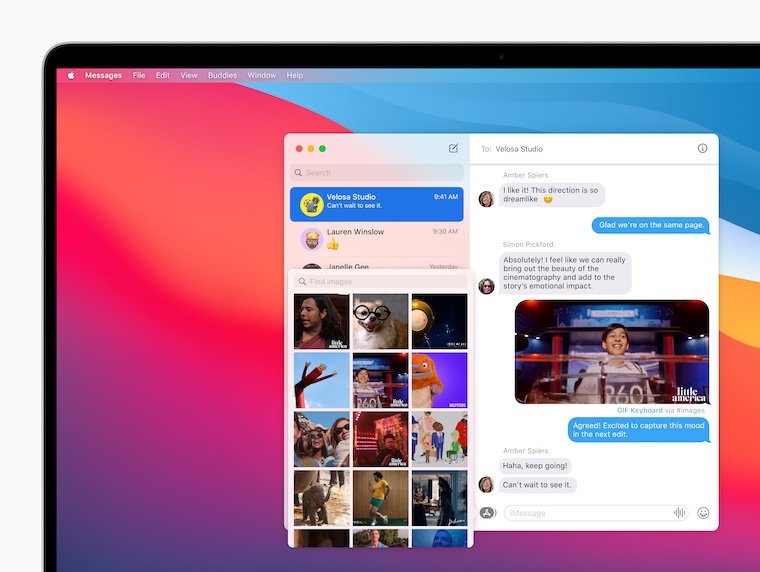
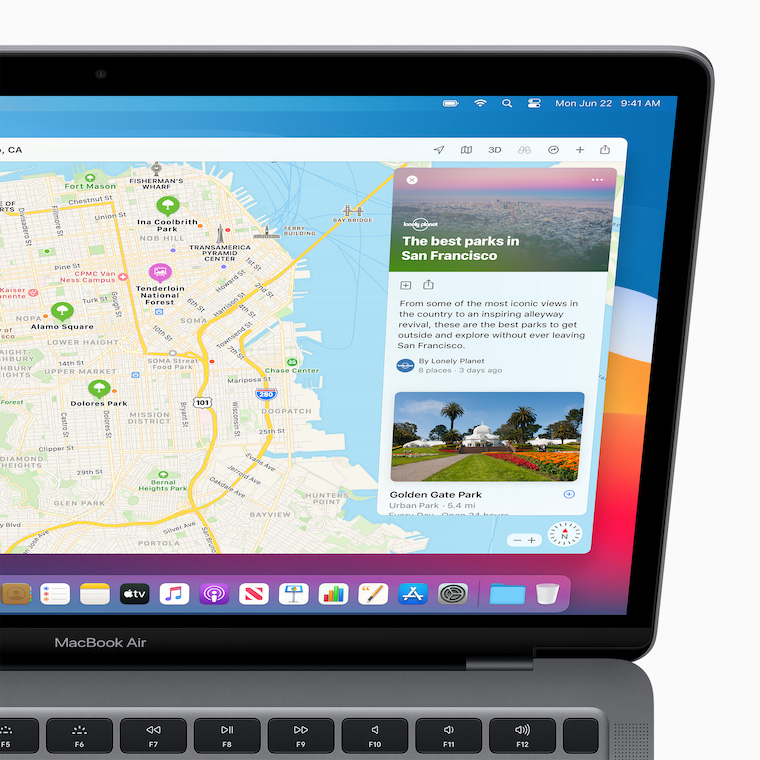
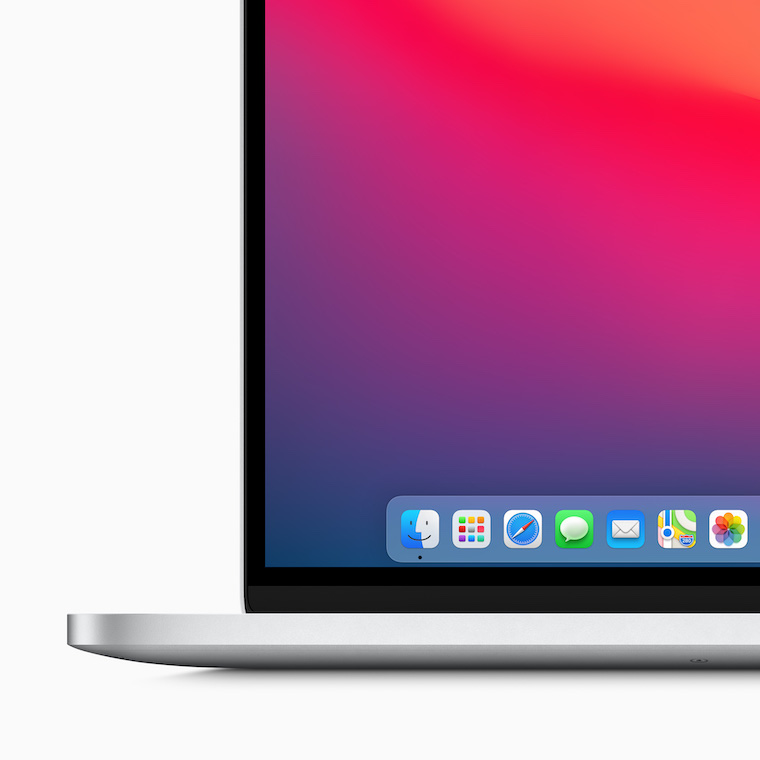
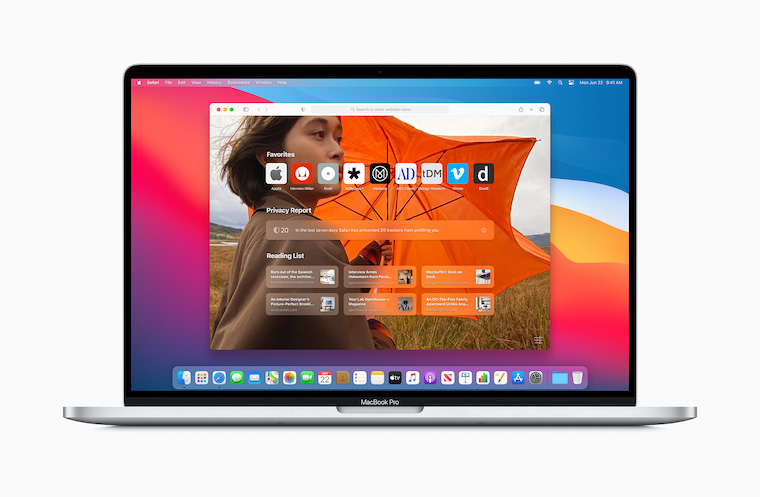
I have to make a point here.
I now regularly use both MacBook 16 with i9 and M1 on a daily basis.
And really the difference is dramatic in every way!
Too bad I can't get Widle on the M1 (the corporate W10 image on ARM just isn't there and maybe never will be, corporate IT doesn't have it).